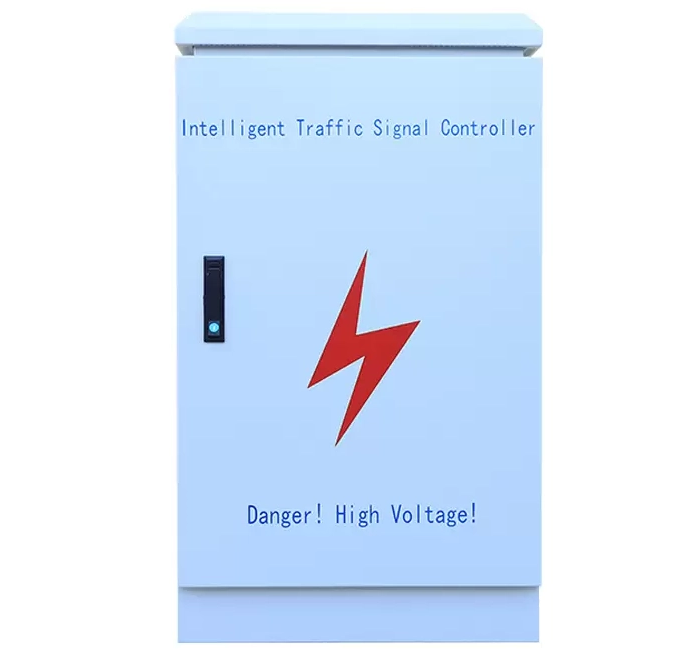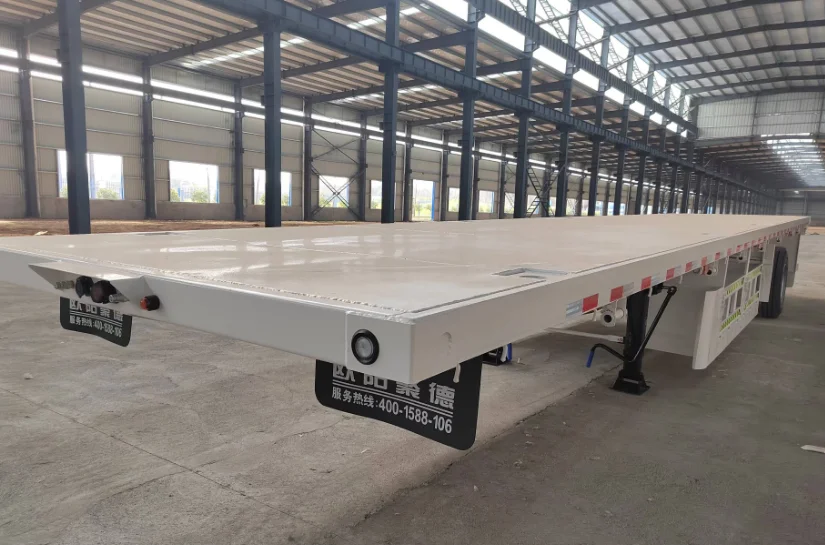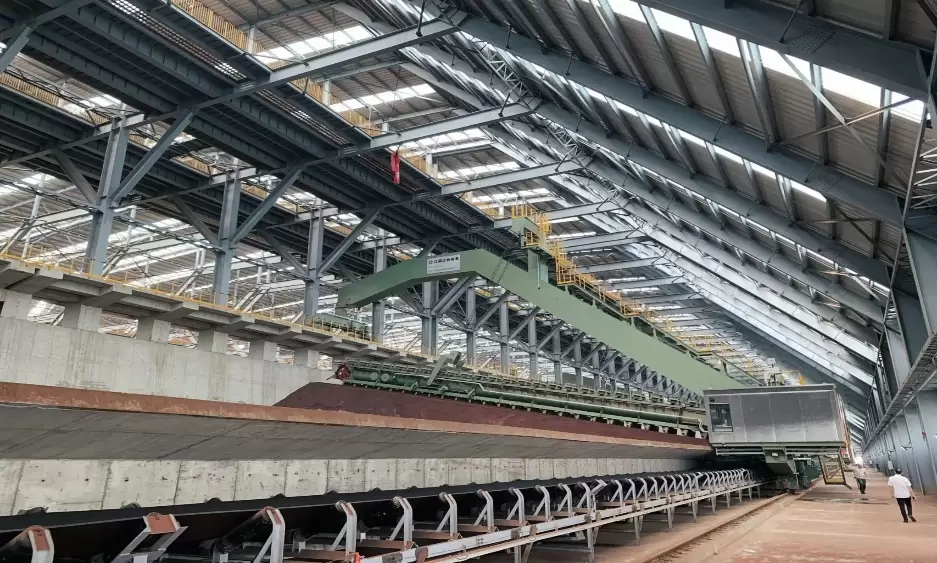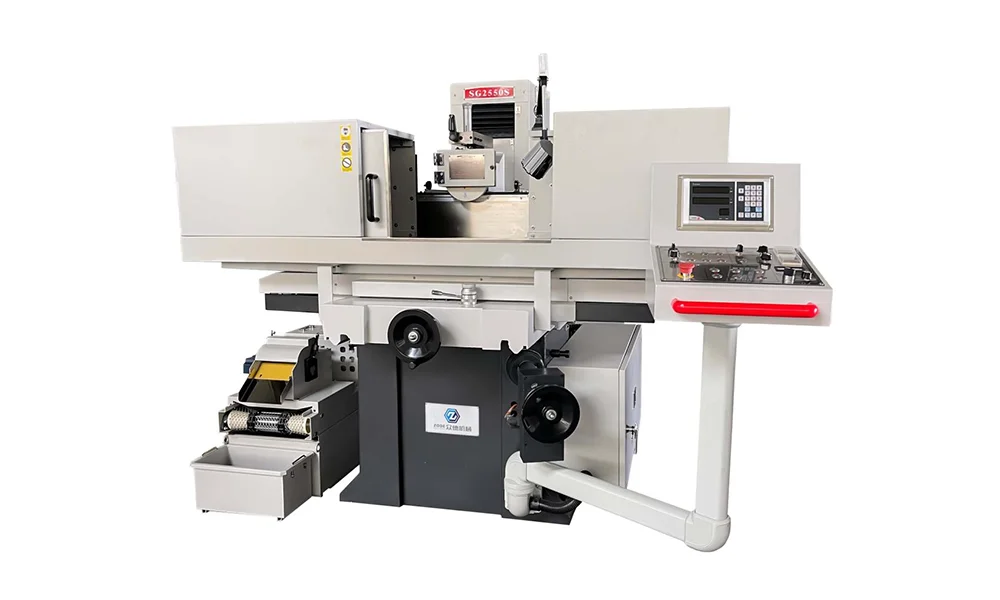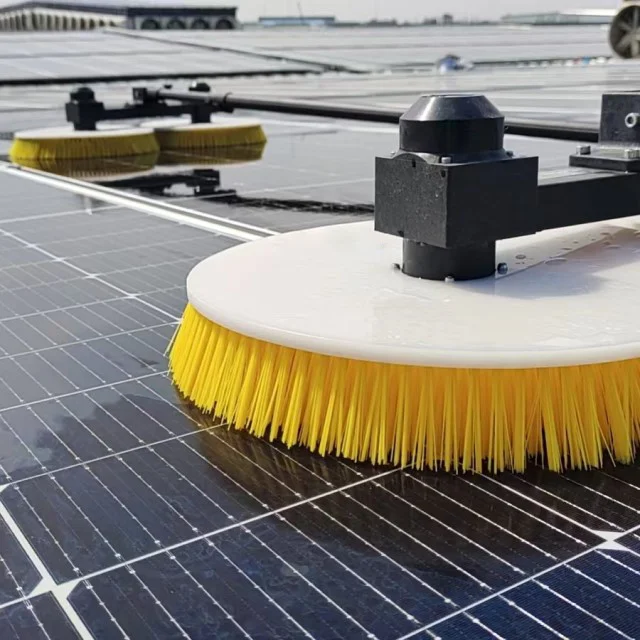In the fast-evolving field of fleet management and vehicle surveillance, 4 channel mobile DVR systems have emerged as a cornerstone of intelligent monitoring technology. They combine real-time video recording, GPS tracking, remote access, and AI-assisted analysis to create a comprehensive solution for transportation safety and operational efficiency. In this blog post, Shenzhen HOPE, a high quality MDVR system manufacturer, will share its fleet monitoring with 4 channel mobile dvr system for vehicles, including core functions, etc.
A 4 channel mobile DVR system (Digital Video Recorder) is an advanced video surveillance unit designed specifically for moving vehicles. Unlike conventional DVRs used in fixed environments, mobile DVRs are engineered to withstand vibration, temperature changes, and unstable power conditions.
The “4 channel” designation refers to its ability to record video from four cameras simultaneously, typically covering the front, rear, sides, and interior of the vehicle. This 360° recording capability ensures no blind spots, providing critical visual evidence during accidents or disputes.
These systems support 1080P HD video resolution (1920×1080), ensuring crystal-clear playback and accurate detail recognition. In addition, their watermarking technology prevents data tampering, maintaining the integrity and legal admissibility of recorded footage.
Key Components of 4 Channel Vehicle DVR System
The mobile DVR system for vehicles is more than a simple recording device—it’s an integrated network of sensors, cameras, and communication modules. The major components include:
-
DVR Main Unit – The compact recorder (140×154×41.5 mm) houses the processor, hard drive, and network interfaces. Despite its mini size, it supports both SD card (up to 256 GB) and HDD (up to 2 TB) storage.
-
Cameras – Four high-definition cameras capture multiple views, allowing comprehensive monitoring.
-
GPS Module – Tracks vehicle location and driving trajectory.
-
4G Module – Enables remote data transmission, live streaming, and online updates.
-
Sensors Interface – Connects to speed, braking, reversing, and door status sensors for behavioral analysis.
This integration makes the 4 channel DVR system a complete data acquisition and safety management platform.
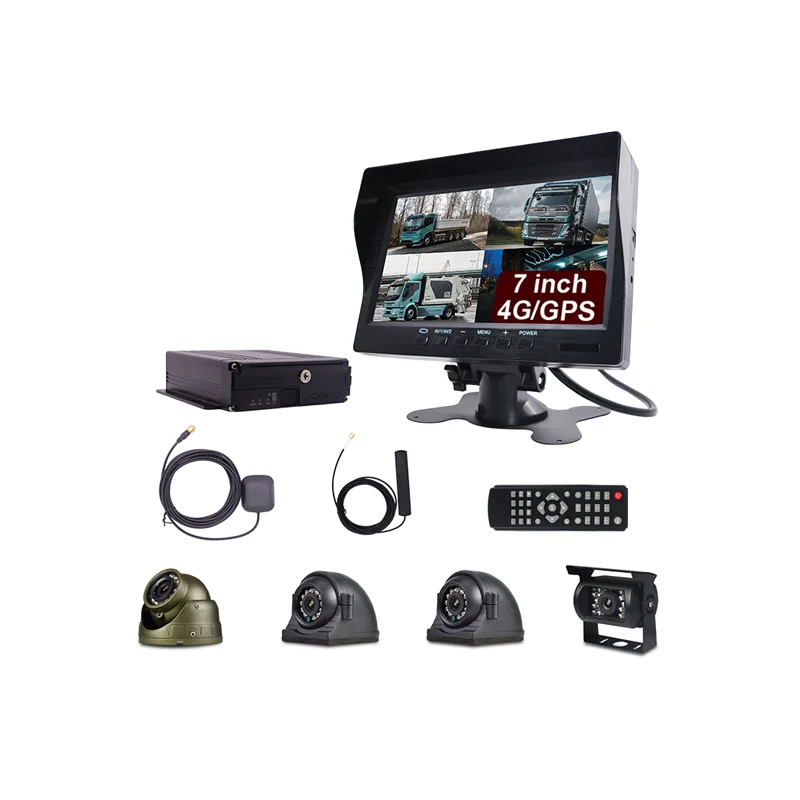
Real-Time Remote Control with Vehicle DVR APP
A standout feature of the vehicle mobile DVR system is its APP-based remote monitoring capability. Using 4G connectivity, fleet managers can:
-
Access real-time video feeds from any of the four channels.
-
Receive instant alarm notifications for abnormal driving behavior or emergency events.
-
View GPS-based location data and playback driving routes.
-
Perform remote upgrades and configuration without physically accessing the vehicle.
The system automatically adapts to 3G or 4G network bandwidth fluctuations, ensuring smooth, uninterrupted video streaming. This remote functionality is essential for large-scale fleet operations where vehicles operate across regions or countries.
Role of 4G Network and GPS Integration
Combining 4G communication with GPS positioning significantly expands the DVR’s capabilities.
-
4G Connectivity: Enables real-time upload of driving data, supports live video transmission, and allows integration with a cloud-based fleet management platform. Operators can monitor vehicle conditions, issue alerts, and even provide navigation support remotely.
-
GPS Tracking: Records the vehicle’s exact route, speed, and location. This information is invaluable for mileage calculation, speed violation detection, and driver behavior analysis.
Together, 4G and GPS create a unified digital framework for remote surveillance and vehicle performance management.
Data Security and Storage Capacity
One of the major challenges in mobile surveillance is secure data handling. The 4 channel MDVR system employs digital watermarking to prevent video alteration, ensuring authenticity in case of insurance claims or legal proceedings.
With support for up to 2 TB storage, users can retain extended recording periods without frequent overwriting. This large capacity reduces maintenance frequency and preserves critical footage that might otherwise be lost.
Additionally, both local and remote upgrading functions are supported, allowing easy firmware updates to enhance performance or integrate new features.
Integration with DMS and ADAS for Intelligent Fleet Safety
Modern fleet safety demands more than just recording—it requires active risk prevention. That’s where Driver Monitoring System (DMS) and Advanced Driver Assistance System (ADAS) integration comes in.
When combined with these algorithms, the intelligent mobile DVR for vehicles can:
-
Detect driver fatigue or distraction.
-
Recognize unsafe lane departures or forward collision risks.
-
Issue real-time warnings to the driver and send remote alerts to the management center.
This proactive safety system transforms the DVR from a passive recorder into an AI-driven co-pilot, improving road safety and reducing accident rates.
Wide Compatibility and Versatile Applications
The 4 channel truck and bus DVR system supports CVBS/AHD video signals and RCA connectors, ensuring compatibility with multiple types of display units—OEM screens, DVD players, and navigation systems.
Its flexible design allows deployment in a variety of vehicles, including:
-
City buses and tour coaches – For passenger monitoring and route tracking.
-
Logistics trucks and delivery vans – To prevent cargo loss and ensure route compliance.
-
School buses – For student safety verification.
-
Taxis and ride-sharing vehicles – To enhance passenger and driver security.
-
Construction or mining vehicles – For operational supervision in remote areas.
This adaptability makes it a valuable solution across commercial, public, and industrial sectors.
Compliance, Reliability, and Global Standards
The 4CH mobile DVR system complies with ROHS, FCC, and CE certifications, meeting international standards for safety, electromagnetic compatibility, and environmental protection. Each component—from communication modules to storage units—is selected for high stability and long-term reliability in demanding vehicle environments.
Its ruggedized structure ensures consistent performance under vibration, dust, and temperature fluctuations, making it ideal for both urban and off-road operations.
Future Trends in Vehicle DVR Technology
As transportation evolves toward digital and autonomous systems, the mobile DVR industry is also advancing. Future generations are expected to feature:
-
AI-assisted video analytics for event prediction.
-
Cloud-based fleet management dashboards for unified data visualization.
-
Edge computing to process video streams directly in the vehicle, reducing latency.
-
5G connectivity for higher-speed transmission and improved stability.
These trends indicate that vehicle DVR systems will continue to play a pivotal role in smart mobility, data-driven logistics, and road safety management.
Conclusion
The 4 channel mobile DVR system represents a balance of compact design, powerful processing, and intelligent connectivity. Its combination of real-time video recording, GPS tracking, 4G networking, and AI-assisted safety features enables precise, secure, and efficient fleet monitoring.
Whether for public transportation, logistics fleets, or private vehicles, this system provides a reliable foundation for safety, accountability, and operational transparency—a vital asset in today’s connected transportation ecosystem.
www.hopecctv.com
Shenzhen HOPE
